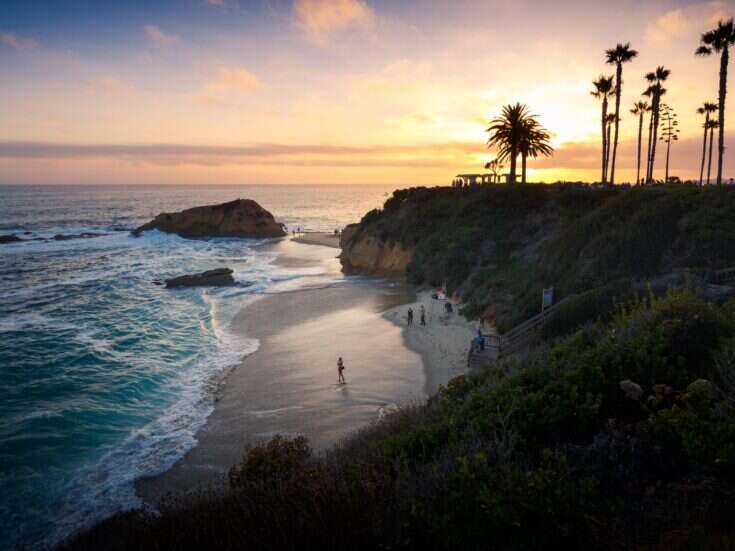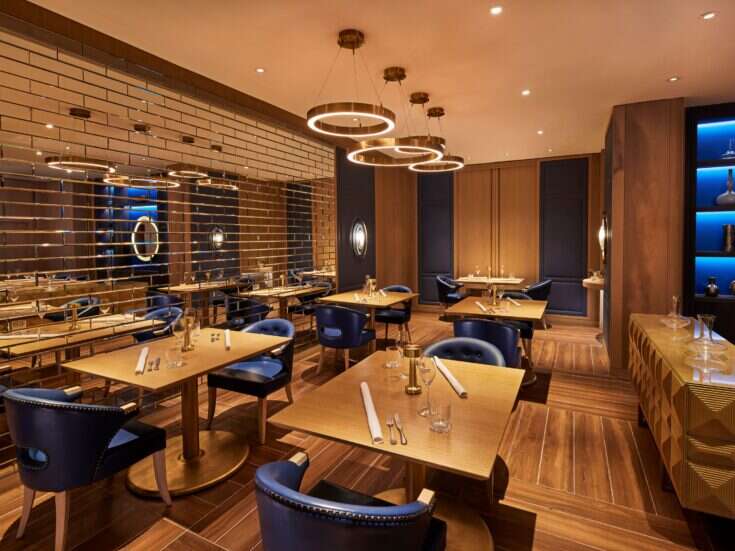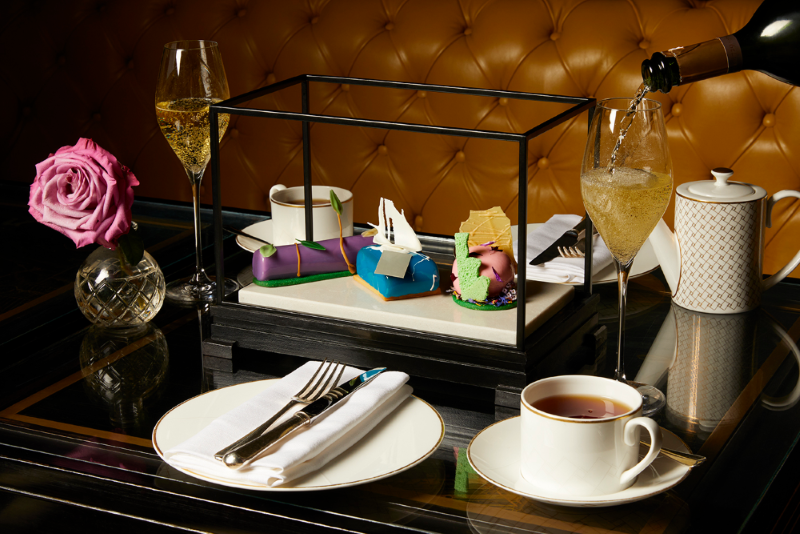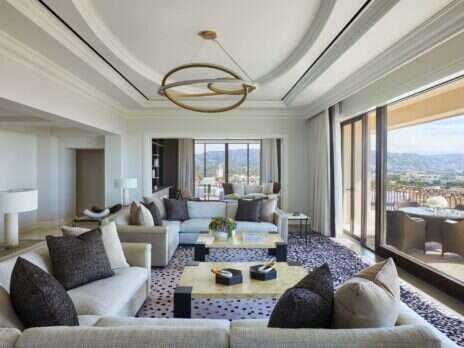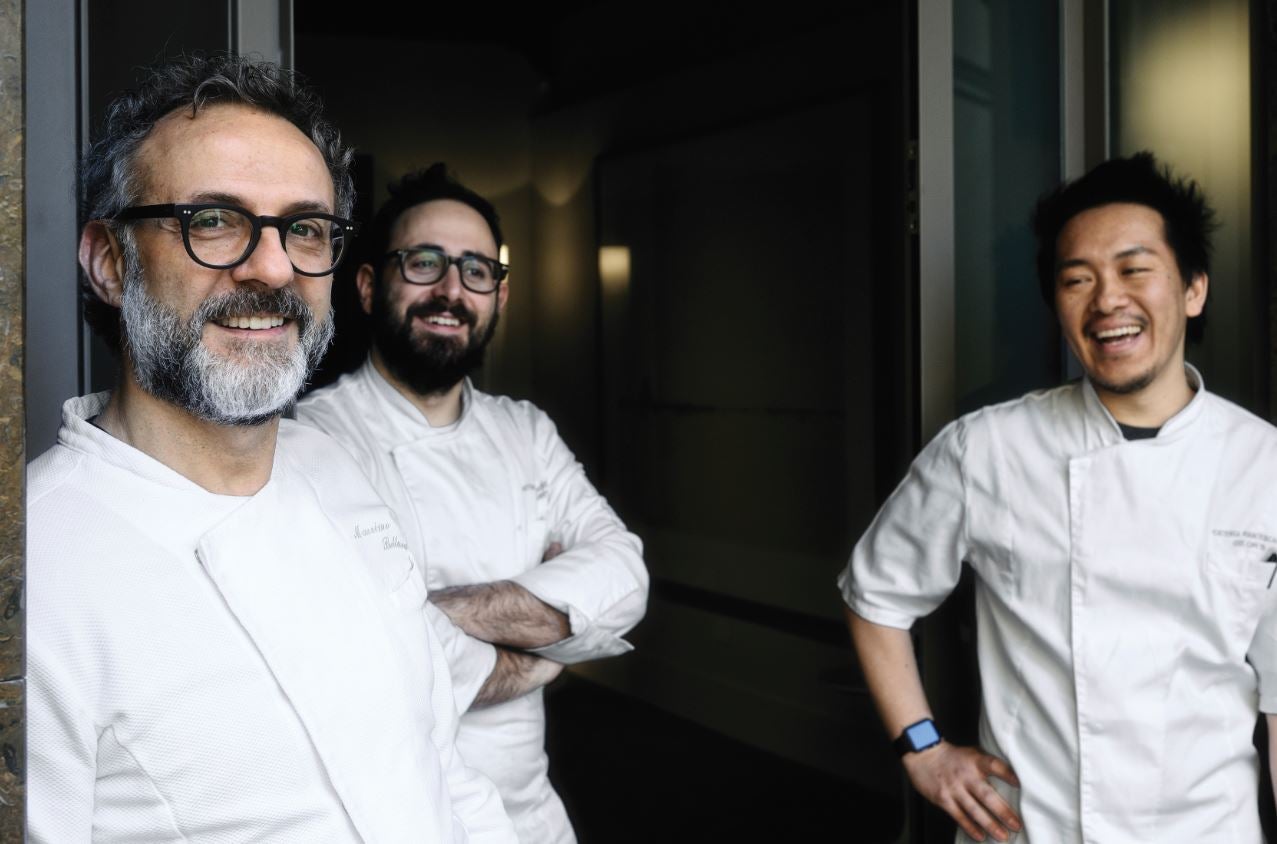
By Andy Hayler
 The Elite Traveler Top 100 restaurants awards has now been announced. The key thing about this list is that it not decided by a group of chefs or journalists but rather by paying customers, those globe-trotting people that read Elite Traveler. This is important because many well-known restaurant lists can be regarded as rather suspect, in some cases due to industry insiders tactically voting for their chef friends rather than necessarily the best restaurants. The Elite Traveler awards, by contrast, represent the views of the paying customer.
The Elite Traveler Top 100 restaurants awards has now been announced. The key thing about this list is that it not decided by a group of chefs or journalists but rather by paying customers, those globe-trotting people that read Elite Traveler. This is important because many well-known restaurant lists can be regarded as rather suspect, in some cases due to industry insiders tactically voting for their chef friends rather than necessarily the best restaurants. The Elite Traveler awards, by contrast, represent the views of the paying customer.
This year there was a change at the very top, as Azurmendi in Bilbao pushed Alinea of Chicago into second place, reversing their positions last year. New York’s Eleven Madison Park was next and there was a dramatic new entry in fourth position. Hotel de Ville in Switzerland, a personal favorite, leapt from 50th place to 4th, a huge climb up the rankings. Not surprisingly, this was the biggest climber in the Top 100. Asia’s highest entry was next: Robuchon au Dome in its spectacular perch at the top of a Macau hotel, this positioning unchanged from 2016.
 In broad terms, nearly a quarter of the list is made up of US restaurants, which may well reflect the travel habits of the magazine’s readers. Other countries with at least five entries are Spain, China, Italy, France, UK, Japan and Germany. From my own viewpoint I am pleased that some restaurants that I have great admiration for, but are usually shunned by English-speaking media, are represented. Such places include the underrated Al Sorriso and Villa Crespi in the Italian lakes, the sublime Kitcho in Kyoto, and the lovely Adaa in its perch on the hill overlooking Hyderabad in the Falaknuma Palace. Two particular favorites of mine are the terrific “Victor’s Fine Dining” by the talented Christian Bau, situated in Germany just near Luxembourg, and the lovely Pres des Eugenie in the Landes region of France, which has held three Michelin stars for 40 years under the peerless Michel Guerard, now a sprightly octogenarian and still very active in his kitchen.
In broad terms, nearly a quarter of the list is made up of US restaurants, which may well reflect the travel habits of the magazine’s readers. Other countries with at least five entries are Spain, China, Italy, France, UK, Japan and Germany. From my own viewpoint I am pleased that some restaurants that I have great admiration for, but are usually shunned by English-speaking media, are represented. Such places include the underrated Al Sorriso and Villa Crespi in the Italian lakes, the sublime Kitcho in Kyoto, and the lovely Adaa in its perch on the hill overlooking Hyderabad in the Falaknuma Palace. Two particular favorites of mine are the terrific “Victor’s Fine Dining” by the talented Christian Bau, situated in Germany just near Luxembourg, and the lovely Pres des Eugenie in the Landes region of France, which has held three Michelin stars for 40 years under the peerless Michel Guerard, now a sprightly octogenarian and still very active in his kitchen.
Such lists are always controversial, but they contribute to the awareness of high-end restaurants, which is surely a positive thing both for the industry and for diners. Moreover the particular nature of this list, driven as it is by paying customers, means that it shines a spotlight to many genuinely top class restaurants around the world that do not have large marketing budgets, and some of whom are in relatively obscure locations. Happy eating!

